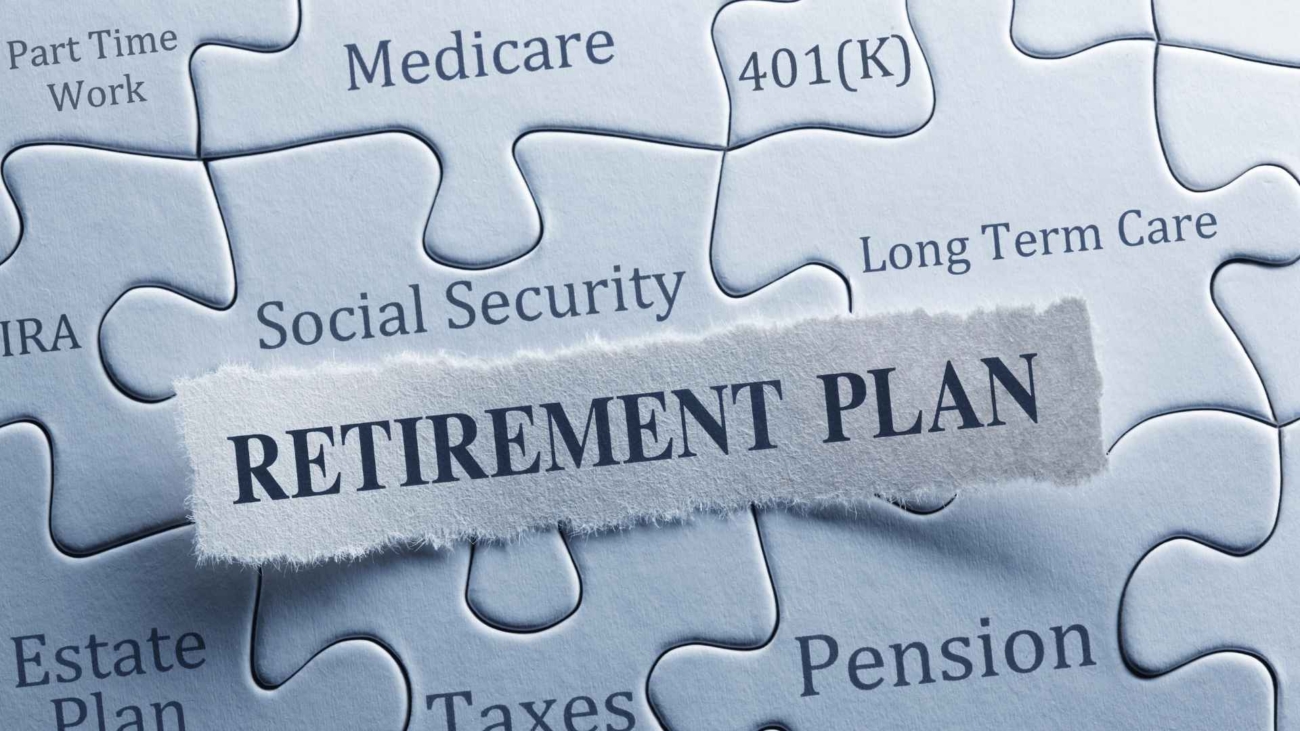Retirement should be a time of peace, comfort, and financial independence — not a period of stress or uncertainty. Yet, many Australians find themselves unprepared because they overlook key steps in retirement planning. Avoiding common mistakes and working with a financial advisor can make the difference between barely getting by and truly living your retirement dreams.
In this guide, we’ll explore the top 10 mistakes people make when planning for retirement — and how a professional financial planner can help you avoid them, secure your savings, and achieve lasting financial freedom.
Why Smart Retirement Planning Matters
Smart retirement planning is about more than just saving money — it’s about creating a plan that sustains your lifestyle, covers healthcare costs, and supports your goals after you stop working. Without a clear retirement strategy, you risk outliving your savings, falling into unnecessary debt, or missing out on valuable tax benefits.
With the help of a trusted financial advisor, you can design a plan that’s realistic, strategic, and adaptable as life evolves.
The Key Pillars of a Strong Retirement Plan
Before diving into common mistakes, it’s important to understand the core components that make a retirement plan successful:
- Budgeting: Knowing your income and expenses ensures your retirement savings align with your lifestyle goals.
- Superannuation: Building and managing your super efficiently is key to long-term wealth.
- Investments: Diversifying your portfolio provides growth and stability.
- Tax Efficiency: Minimizing tax liabilities ensures you keep more of your wealth.
- Long-Term Vision: Setting clear goals for each stage of life keeps you financially on track.
Now, let’s uncover the biggest pitfalls people face — and how to avoid them.
Top 10 Retirement Mistakes to Avoid
1. Starting Too Late
One of the most common mistakes is delaying retirement planning. The power of compound interest means that time is your greatest asset. The earlier you start, the easier it becomes to accumulate wealth.
Avoid It:
Begin in your 20s or 30s, even if you can only contribute small amounts. Early savings can multiply significantly over decades.
2. Not Defining Clear Retirement Goals
Many people fail to define what retirement looks like for them — whether it’s travel, family time, or volunteering. Without clear goals, you can’t accurately estimate your future needs.
Avoid It:
Work with a retirement planner to create a financial roadmap that aligns with your desired lifestyle and estimated expenses.
3. Ignoring Inflation
Inflation quietly reduces your purchasing power over time. What seems like a comfortable amount today might fall short 20 years from now.
Avoid It:
Ensure your investment strategy includes growth-oriented assets like shares or property that outpace inflation over the long term.
4. Relying Only on Superannuation
While superannuation is essential, it shouldn’t be your only source of retirement income. Relying solely on super may leave you vulnerable to market changes and contribution limits.
Avoid It:
Build multiple income streams such as investments, rental properties, or side businesses to enhance financial security.
5. Underestimating Healthcare and Living Costs
Medical expenses tend to rise with age, and many retirees overlook the increasing costs of healthcare, insurance, and long-term care.
Avoid It:
Include healthcare expenses in your retirement budget. Consider private health insurance and discuss options with your financial advisor to safeguard your savings.
6. Taking on Too Much Investment Risk
While growth is important, being overly aggressive can backfire, especially closer to retirement. High-risk portfolios can lead to major losses when time is no longer on your side.
Avoid It:
Regularly review your portfolio with a financial planner. Shift to a more conservative mix as retirement approaches to preserve your wealth.
7. Failing to Diversify Investments
Putting all your money into one asset — such as property or shares — can increase exposure to market volatility.
Avoid It:
Diversify across asset classes. A balanced wealth management strategy spreads risk while maintaining steady returns.
8. Overlooking Tax Planning
Many retirees lose thousands in unnecessary taxes simply because they don’t plan ahead. Super withdrawals, investment gains, and estate assets can all trigger tax liabilities.
Avoid It:
Use tax-efficient strategies such as salary sacrifice, concessional contributions, and well-structured withdrawals. A financial advisor can help you keep more of your hard-earned money.
9. Not Reviewing Your Plan Regularly
Your financial situation, goals, and market conditions change over time. Failing to update your plan can leave you off course.
Avoid It:
Review your retirement strategy at least once a year or after major life changes — like marriage, career shifts, or property purchases.
10. Trying to Do It All Alone
DIY retirement planning may seem cheaper, but it often leads to missed opportunities and costly mistakes. A financial advisor offers expert insight, emotional balance, and access to professional tools that improve your outcomes.
Avoid It:
Partner with a certified financial planner who understands your goals, risk tolerance, and unique circumstances. They can help you stay disciplined and make smart adjustments over time.
How a Financial Advisor Can Help You Plan Smarter
A qualified financial advisor does much more than manage your investments. They act as your long-term partner, guiding you through every stage of your financial life. Here’s how they add value:
- Personalized Strategy: Tailoring your plan based on income, lifestyle, and goals.
- Risk Management: Helping you balance growth with protection.
- Tax Optimization: Structuring your wealth for maximum efficiency.
- Accountability: Keeping you on track even when markets fluctuate.
- Peace of Mind: Ensuring you can retire confidently and comfortably.
Example:
Rachel, a 42-year-old teacher, started working with a financial advisor who adjusted her super contributions and diversified her portfolio. Within 10 years, her projected retirement income had increased by 25% — all because she sought expert guidance.

Actionable Steps for Every Life Stage
In Your 20s–30s:
- Start saving early.
- Contribute regularly to superannuation.
- Avoid lifestyle inflation.
In Your 40s:
- Review your progress and rebalance your investments.
- Pay down debts and increase contributions.
In Your 50s and Beyond:
- Focus on capital preservation.
- Consider estate planning and tax efficiency.
- Map out a retirement income plan with your advisor.
Final Thoughts: Build a Confident, Stress-Free Future
Retirement planning isn’t about perfection — it’s about preparation. Avoiding common mistakes, leveraging smart retirement strategies, and seeking professional guidance can transform your financial future.
Start now. Review your goals, strengthen your retirement savings, and work with a trusted financial planner who can help you navigate challenges and stay on the path to lifelong financial freedom.
FAQS
Retirement planning ensures financial security and independence after you stop working. It helps you maintain your lifestyle, manage healthcare costs, and prepare for unexpected expenses while giving you peace of mind for the future.
The earlier, the better. Starting in your 20s allows compounding to work in your favor. However, it’s never too late — even small contributions made in your 40s or 50s can significantly improve your retirement outlook.
A financial advisor helps create a tailored plan that includes budgeting, superannuation growth, investment diversification, and tax strategies. They guide you through market changes and ensure your retirement plan evolves with your life goals.
Common mistakes include starting too late, relying only on superannuation, ignoring inflation, and not reviewing your plan regularly. Avoiding these pitfalls helps ensure steady wealth growth and lasting financial freedom.





